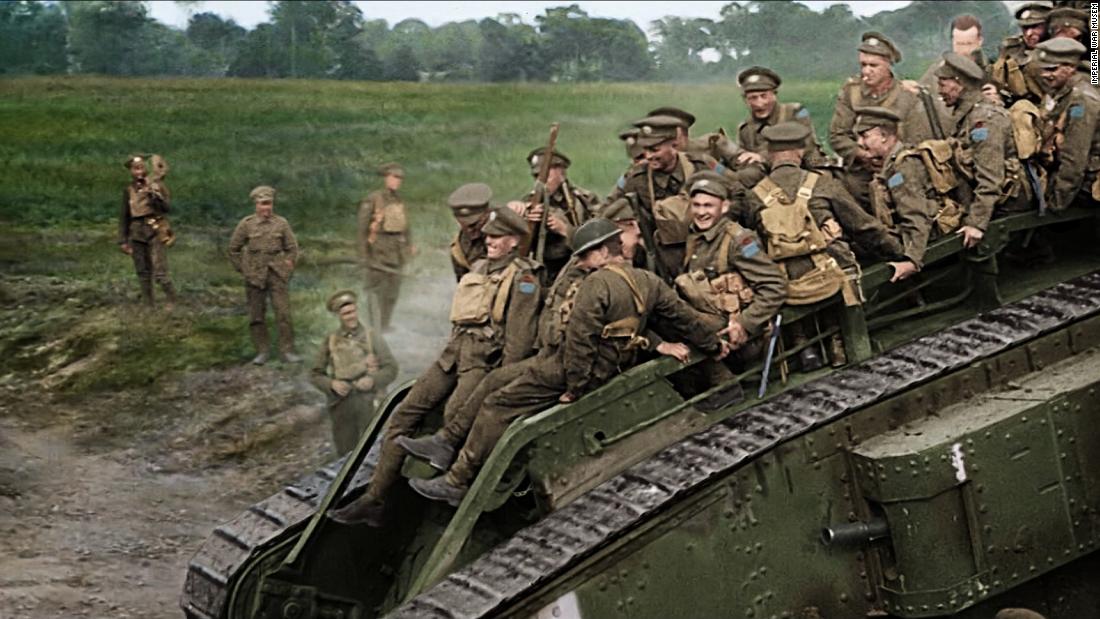

They do so using techniques and technologies such as photogrammetry, geolocation mapping, 3D-imaging and pattern analysis to infer unseen viewpoints from limited visual evidence. Research-activist groups like Forensic Architecture, SITU Research and WITNESS Media Lab perform forensic analysis of raw media evidence to highlight human rights issues. Scholars Patrick Brian Smith and Ryan Watson use the term “ mediated forensics” to describe the use of new media technologies and practices in human rights discourse.
#Real war footage death series#
Weber’s creative use of forensic materials records a series of war violations. According to media theorist Harun Farocki, they generate “ operational images” that do not merely represent but execute the functions of operations they belong to. Another harrowing scene depicts a person showered with bullets because he appeared unusually calm when cornered by a helicopter pilot.Īdvanced imaging technologies in warfare seemingly operate on a peculiar logic, where framing inevitably leads to the manufacturing and annihilation of suspects. In other instances, farmers carrying ploughs get mistaken for militants. According to the pilots, Chmagh’s camera tripod resembled an RPG grenade launcher in the grainy footage. Weber includes the infamous Wikileaks footage showing the airstrike that killed Iraqi Reuters photographer Saeed Chmagh and his colleagues in 2007. The surveillance recordings document the offhanded killing of the people targeted. While Virilio traced aesthetic similarities between the videography of war and cinema, Weber’s documentary film uses war footage to highlight the camera’s impairing role in contemporary conflicts. The documentary shows how sophisticated war machines are driven by the personal idiosyncrasies of drone operators who launch deadly missiles using systems that resemble video games.


There Will Be No More Night underscores the fallacy that advanced imaging provides accuracy and error-proof precision to modern war. Weber creatively uses forensic sources to contemplate the technology of modern warfare, where military-grade surveillance and imaging almost serve as a proxy for guns.Īs we approach the 20th anniversary of the U.S.-led invasion of Iraq, it is important to reflect on the use of war footage in media and the ethical questions around the use of footage depicting human death. The blurry, grainy images accompany radio-transmitted exchanges between aircraft and machine gun operators, confessions of a pilot who suffers from chronic hallucinations and a scripted monologue. The unnerving sequence of night-vision footage shows airstrikes on civilians suspected of being militants by pilots with shaky conviction. and French helicopters during war missions in Iraq, Syria and Afghanistan. It uses leaked military footage from U.S. Éléonore Weber’s 2020 documentary, There Will Be No More Night, reflects on this phenomenon. Virilio said new imaging technology “makes darkness transparent and gives to military contestants an image of what the night is no longer able to conceal.” With thermal and night-vision cameras, any moving presence glowing in darkness becomes susceptible to gunfire by combat helicopters hovering above conflict zones. Like better weaponry, the side with better cameras often gains superiority. In his book War and Cinema, cultural theorist Paul Virilio noted that modern warfare depends on the “logistics of perception.” According to him, a new arena of conflict has emerged with the development of sophisticated imaging technology.


 0 kommentar(er)
0 kommentar(er)
